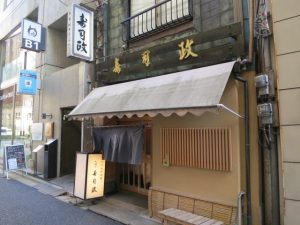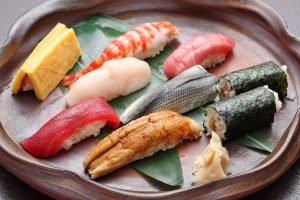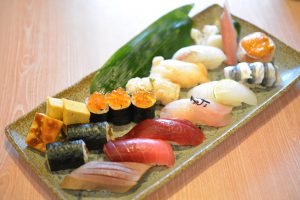 There are many things that fall under the term “sushi”.
There are many things that fall under the term “sushi”.
Within Japan, every prefecture has at least one type of local sushi. In order to understand these different types more deeply, we have separated them into categories and will introduce the typical types.
First of all, there should be rules when categorizing things.
However, there are loads of things in this world that seem to have been categorized without any rhyme or reason. The same thing applies to the words used to express sushi categories and types of sushi. This stems from a complete lack of understanding of the history of sushi and how it is made. However, in the end, sushi is food, so there is no academic dissertation on it. Please consider this to be just one point of view when reading the following.
We will first categorize the sushi with clear rules and then introduce individual sushi.
There are various theories regarding the etymology of the word sushi, but the word stems from “su” which is the kanji for “acid” and means “sour”. Initially, “sushi” was used in Japan to refer to Narezushi*, which is eaten with the natural acidity from fermenting salted fish and white rice together. One of the theories is that it started as Sumeshi (‘su’ means vinegar and ‘meshi’ means rice in Japanese) and the “me” was omitted leaving just “Sushi”. Rice is clearly the main attraction in the word and it is thought this word was used to refer to “Namanarezushi**”, which appeared in a time after Narezushi. Although these are only theories, it can only be called Sushi if sour rice is involved. I don’t believe there is anyone who would dispute this fact.
*Narezushi: Mainly made from seafood, rice and salt, allowed to ferment for three months to one year until the rice no longer maintains its shape. Only the fermented seafood is consumed with this type of sushi. Funazushi from Shiga is a famous example of Narezushi.
**Namanarezushi: It is not allowed to completely ferment (fermentation period of two weeks to one month) so both the fish and rice maintain their shapes. This is when sushi evolved from Narezushi, a dish in which the rice was not eaten, to one where the fish and rice were consumed together. Akita’s Hatahatazushi and Ishikawa’s Kaburazushi are famous Namanarezushi dishes.
The historical turning point of sushi was the emergence of what is called Sumeshi (also called Hayazushi because it can be made quickly), in which the sour taste comes from sprinkling vinegar on the rice (acetic acid), rather than the sour flavor from fermenting (lactic acid) at the beginning of the Edo period. It was Sumeshi that really made variations of sushi catch on. At the time there were only Sugatazushi*** and Kokerazushi**** (the original forms of Hakozushi), but after the middle of the Edo period Makizushi, Inarizushi, Chirashizushi and other types started to appear.
***Sugatazushi: Sushi in which Sumeshi is wrapped into a fish that still has its head intact. Tokushima’s Bouze, Wakayama’s Sairazushi, Kumamoto’s Konoshirozushi and Oita’s Aji-no-maruzushi are examples of this.
****Kokerazushi: Kokera refers to thinly sliced seafood and this sushi is made by stacking Sumeshi and ingredients in a container. This can be found today in Osaka and Kyoto in the form of Hakozushi. Examples include Sabazushi and Hamozushi in Kyoto, Battera in Osaka, Oomurazushi in Nagasaki and Iwakunizushi in Yamaguchi.
Let’s dig a bit deeper and divide these into broad categories.
First of all, Sugatazushi and Kokerazushi are still made today as they were long ago. As one characteristic is that Sumeshi is pressed to fix it in place, it can be categorized as a type of Oshizushi.
Chirashizushi was invented in the late Edo period. When eating something like Kokerazushi in which Ingredients are cut and mixed in with Sumeshi, which is then pressed into a box and held down with a weight, it is cumbersome to scoop it out with a spatula. Chirashizushi is made in the same way but omitting the step of pressing with weights. There are various versions of Chirashizushi all throughout Japan.
There was a customer who complained that Sugatazushi always wrapped around the Sumeshi was dull and suggested wrapping the Sumeshi around the fish instead, which led to the idea of Makizushi. However, as the rice was on the outside, it would stick to fingers, so places located near the ocean started to use things like Nori, Kombu and Wakame to wrap it, while places near the mountains used things like pickled leaf mustard. The core also changed from only fish to include things like Tamagoyaki, Kampyo and carrots. These innovations all took place during the middle of the Edo period.
Inarizushi, in which Sumeshi is stuffed inside of sweet, stewed abura-age is a version of Sugatazushi. When rice crops were bad, Okara (soy pulp) was used for the filling instead. When enjoying plays, a favorite pastime of the Edo period, it became a normal occurrence for commoners to take it as a bento. It is said that it infiltrated the masses because Nigiri sushi was outlawed, but the truth is that no one really knows when it was first invented. It’s now spread throughout the world and has evolved into something that looks entirely different and has different fillings.
It is also important to mention that the method of pressing Sumeshi in Kokerazushi was improved to start with rice made into a bite-sized ball, then sticking the fish on top before placing in a box and pressing, which eventually led to the invention of Nigiri sushi.
Looking back on this information, we can see that most of the types of sushi that exist today were invented during the Edo period. Narezushi and similar dishes prior to that seem to be more like methods to make the meat of fish last a long time, rather than sushi in which rice was part of the meal. And Namanarezushi, where the rice was also consumed but ready-made vinegar wasn’t used, is categorized as “Others” when categorizing present-day sushi.
Another difficult one to categorize is the Uramaki version of Sushi rolls. Uramaki is differentiated from Hosomaki, which is a type of Makizushi. However, it has already far outperformed Hosomaki. The reason is that the ingredients used in Uramaki are mostly things that were never used in Hosomaki, and Uramaki allows for a lot of freedom in method. Now there are also versions that don’t use Sumeshi (although they can be left out of sushi categories altogether). In these versions of Uramaki, the ingredients are clearly the main attraction, rather than the Sumeshi. Therefore, they are considered to be evolved from Hosomaki and should be made into one category. Although Makizushi is generally translated as “Sushi roll”, we will consider them separate categories for our purposes.
There is a debate in Japan as to whether Gunkanmaki is categorized as Nigiri sushi or not. The reason is that Nigiri sushi is made by squeezing (nigiri) Sumeshi in the palm of the hand, while this same squeezing process is not as apparent in Gunkanmaki. Makizushi is made by wrapping Sumeshi around ingredients using a Makisu (Bamboo mat), but Gunkanmaki uses no such thing. Even whether or not the process of adding Nori around the Sumeshi for Gunkanmaki is actually wrapping or not is a bit ambiguous, so it’s not clear if it should be categorized as Makizushi or not. However, the issue is only which category it should be added to and it should not be made into its own category. We will consider it a type of Nigiri sushi as the process does include some light squeezing of the Sumeshi.
While we’re on the subject, it is incorrect to call Sashimi and Seafood bowls types of sushi. There is no Sumeshi involved in Sashimi. Seafood bowls also use normal white rice, not Sumeshi. Hopefully you have a better understanding now.
In conclusion, the biggest point in categorizing is whether it is Sushi that uses Sumeshi made with ready-made vinegar (Hayazushi), or Sushi where the sourness comes from fermentation (Narezushi, etc.). Next, in order to further categorize Hayazushi, it is important to distinguish whether similar methods are used to make it and if the Sushi evolved from another, earlier form of Sushi.
Our results are that seven categories are appropriate for understanding sushi better.
1.Nigiri zushi (Nigiri sushi)
2.Makizushi (Maki sushi)
3.Sushi roll
4.Chirashizushi (Chirashi sushi)
5.Inarizushi (Inari sushi)
6.Oshizushi
7.Others
[sc_apply url=”https://sushiuniversity.jp/apply/”]
We hope this information will be helpful.

Revision date: April 15, 2022
Share this article
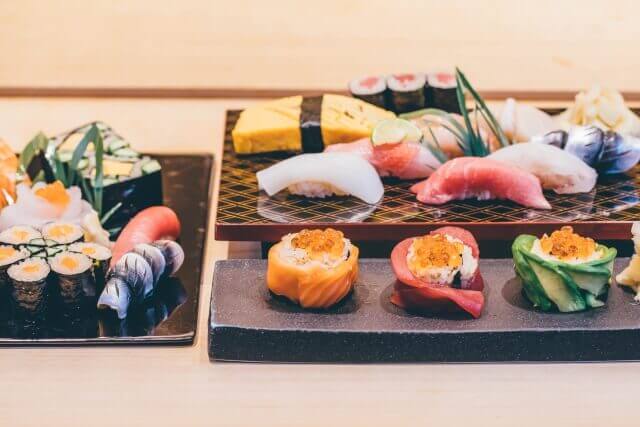 There are many things that fall under the term “sushi”.
There are many things that fall under the term “sushi”.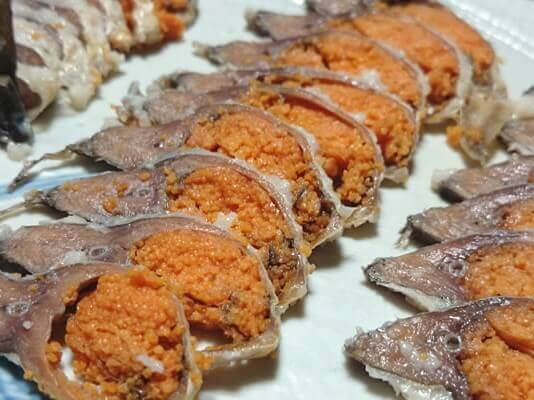 Narezushi (mainly a preserved food in which fish undergoes lactic fermentation with salt and rice), in which Sushi finds its roots, can still be found even today throughout Japan. The most famous is Funazushi (鮒寿司, 鮒鮓, 鮒寿し) in Shiga prefecture.
Narezushi (mainly a preserved food in which fish undergoes lactic fermentation with salt and rice), in which Sushi finds its roots, can still be found even today throughout Japan. The most famous is Funazushi (鮒寿司, 鮒鮓, 鮒寿し) in Shiga prefecture.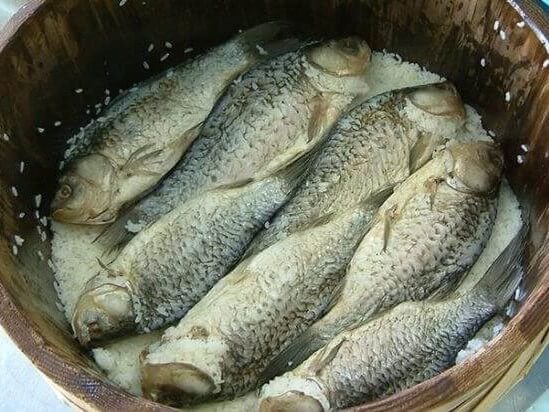 Making Funazushi sushi is surprisingly simple. The only ingredients are crucian carp caught in
Making Funazushi sushi is surprisingly simple. The only ingredients are crucian carp caught in 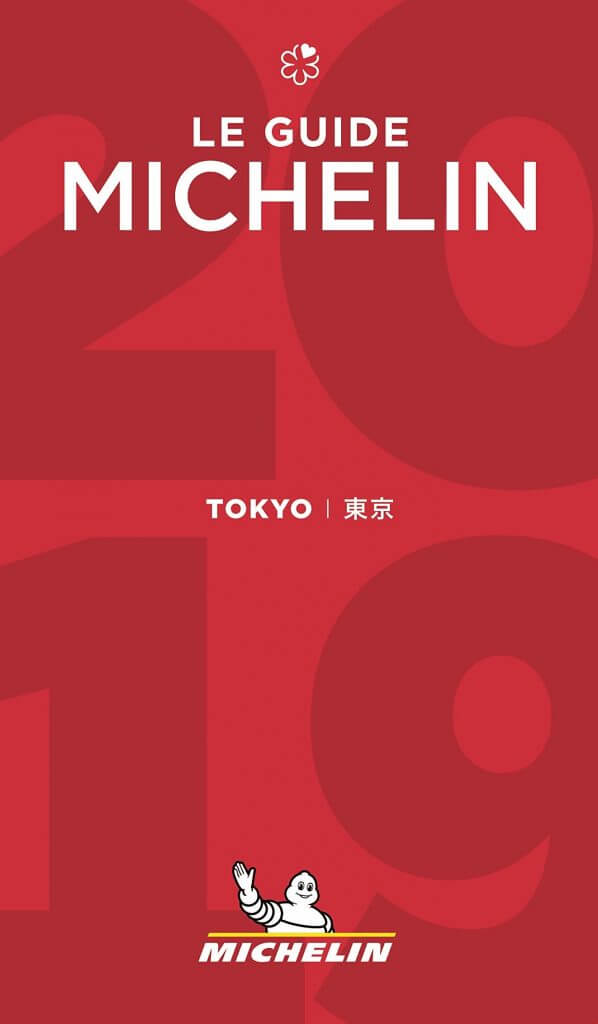 The other day I had a very interesting guest at Sushi University from America. We’d like to introduce them to you. It was their first time in Japan and they stayed in Tokyo for a week. They planned to see Asakusa, the Shibuya scramble crossing, Meiji Shrine, the robot restaurant and all the other usual tourist sites. However, the conversation all seemed to be focused on food.
The other day I had a very interesting guest at Sushi University from America. We’d like to introduce them to you. It was their first time in Japan and they stayed in Tokyo for a week. They planned to see Asakusa, the Shibuya scramble crossing, Meiji Shrine, the robot restaurant and all the other usual tourist sites. However, the conversation all seemed to be focused on food.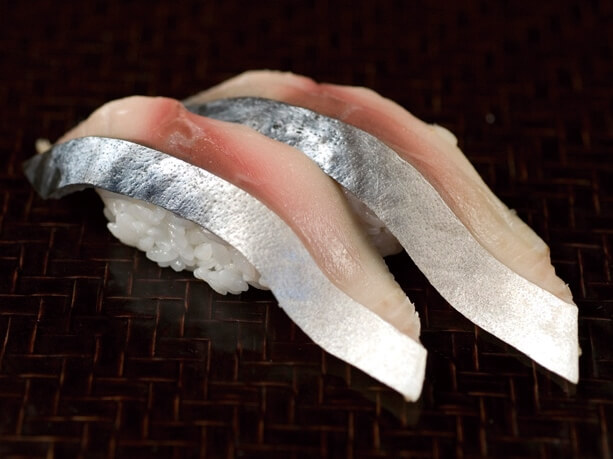 When you sit at the counter and order nigiri a la carte, they will come out in pairs.* There is nothing wrong with counting these in the regular Japanese way “ikko (一個),” “niko (二個).”
When you sit at the counter and order nigiri a la carte, they will come out in pairs.* There is nothing wrong with counting these in the regular Japanese way “ikko (一個),” “niko (二個).”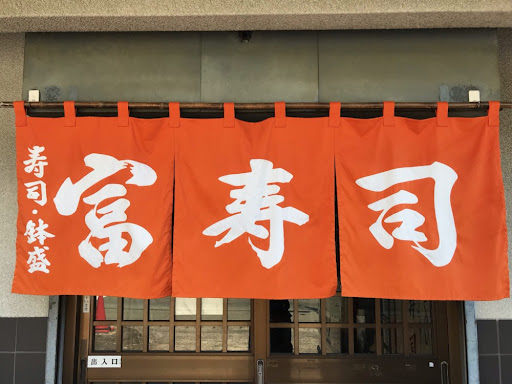
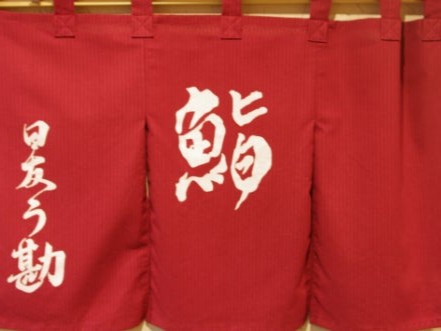
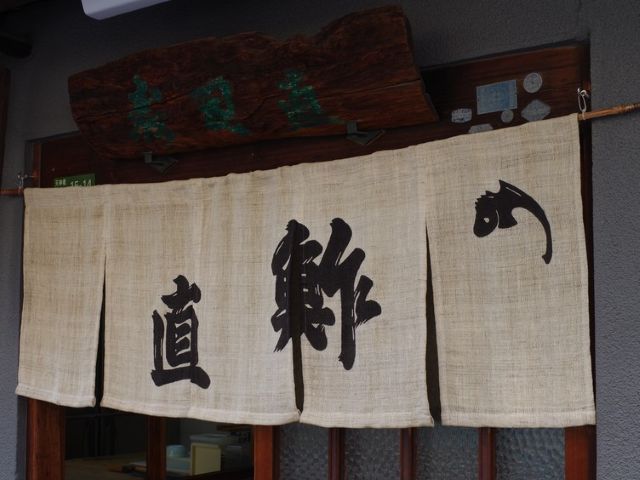
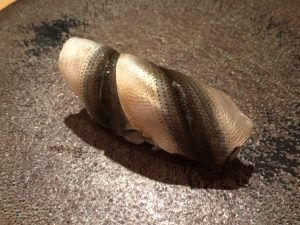 According to most sushi masters, salt is the defining factor in the taste of
According to most sushi masters, salt is the defining factor in the taste of 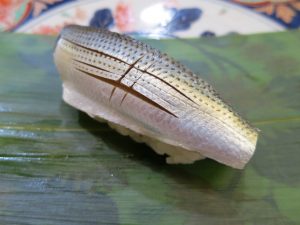 For example, a more slender fish in the middle of summer may be salted for 30 minutes, but a fatty fish in the winter needs to be salted for four hours. Just a few minutes longer or shorter than the perfect salting time completely changes the taste of the final dish.
For example, a more slender fish in the middle of summer may be salted for 30 minutes, but a fatty fish in the winter needs to be salted for four hours. Just a few minutes longer or shorter than the perfect salting time completely changes the taste of the final dish.